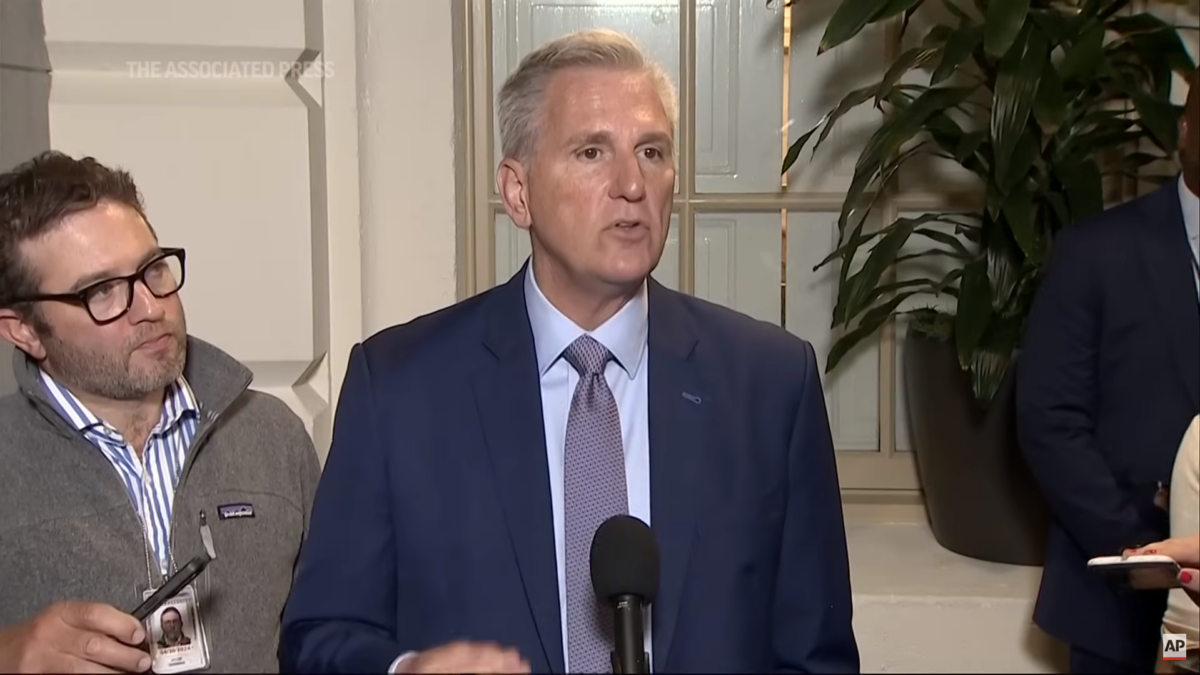
If the Covid-19 virus keeps the economy partially shut down for long, the costs in terms of job losses, lost output, and business failures will be massive. Unless we want to saddle future generations with even worse debt, government relief must not be delivered using bailout programs alone. It must instead create new safety net programs that largely recover the cash relief from the same households and businesses that receive taxpayer support.
With interest rates close to zero, it is tempting to launch a massive new round of federal borrowing to fund safety net payments to households and businesses. But floating massive amounts of new federal debt without a plan for repaying this debt is not a prudent way to respond to the crisis.
Repayment plans should be attached to the emergency aid when appropriate. Otherwise Congress will have a difficult time facing the massive general income and corporate tax increases that will be necessary to fund future defense, social services, discretionary spending, and debt service payments, especially if future government borrowing rates increase.
The government should, to the largest extent possible, link Covid-19 consumer and business relief payments to mechanisms that can recover these payments once the economy rebounds. This can be accomplished by extending interest-free government loans when there are good reasons to believe the loans can be repaid. Example of such programs are pre-paid income tax refunds for households, investing in limited-maturity cumulative preferred shares in businesses who need temporary assistance, or making federal loan guarantees available for a fee to businesses seeking to raise funds in the private capital markets.
The budget deficit impact of a government loan, a preferred equity investment, or a loan guarantee are far different from deficit-financed cash payments. In the former case, the cash that is injected into the household or business is offset by a government claim on future repayment income once the economy recovers. In the case of loan guarantees, if the fees and eligibility requirements are set correctly, the program will suffer no catastrophic loss.
If structured correctly, these policies may have only a minimal impact on the federal deficit. Deficit effects arise because the government borrows at a small positive rate, not zero, and because some of the promised future payments will not be fully realized. But these costs are likely to be offset by preferred dividend payments and loan guarantee premiums.
If a large share of the government’s support payments are recovered within 10 years, there will be little effect on the Congressional Budget Office dynamic budget deficit score. Overall programs like these enable the government to provide large amounts of immediate aid to households and businesses without incurring a large impact on the deficit.
Should the economy fail to recover before payments are due, Congress can revisit these programs, extend repayment terms, or turn these programs into retroactive tax cuts by cutting repayment amounts.
The practice of passing the costs of current spending to future generations must end. We need to move toward a system where the costs of federal relief measures are largely recouped from the households and businesses that derive the direct program benefits.
Clearly some of these government loans will default and some firms receiving preferred share capital injections will fail, but these may be covered by the interest and dividends paid by others as in normal investing, or by general taxpayer revenues if losses are larger than anticipated. If we continue the current practice of full deficit-finance stimulus, there will come a day when the government will no longer be able to provide the business-cycle insurance payments the public has been conditioned to expect.
This new approach for providing government financial support is not new. When assisting households, the government already makes direct loans to citizens. It would be a relatively small step to provide households interest-free loans that are repaid out of the household’s future tax refunds or with small tax surcharges.
In programs like the Depression-era Reconstruction Finance Corporation (RFC), and more recently the Troubled Asset Relief Program (TARP), Congress created new government entities that borrowed from the U.S. Treasury and made loans and investments in the preferred shares of corporations in need of support. This government assistance came with restrictions on business practices to ensure that the government’s investment was used for appropriate business purposes.
Not all the investments of either program proved successful, but by time the RFC and TARP ended, both programs made a net profit for the government. The FDIC debt guarantee program during the financial crisis also earned a profit.
It should come as no surprise that past government programs that invested in American businesses during past crises turned out to be good investments. There is no reason to expect a different outcome today.









